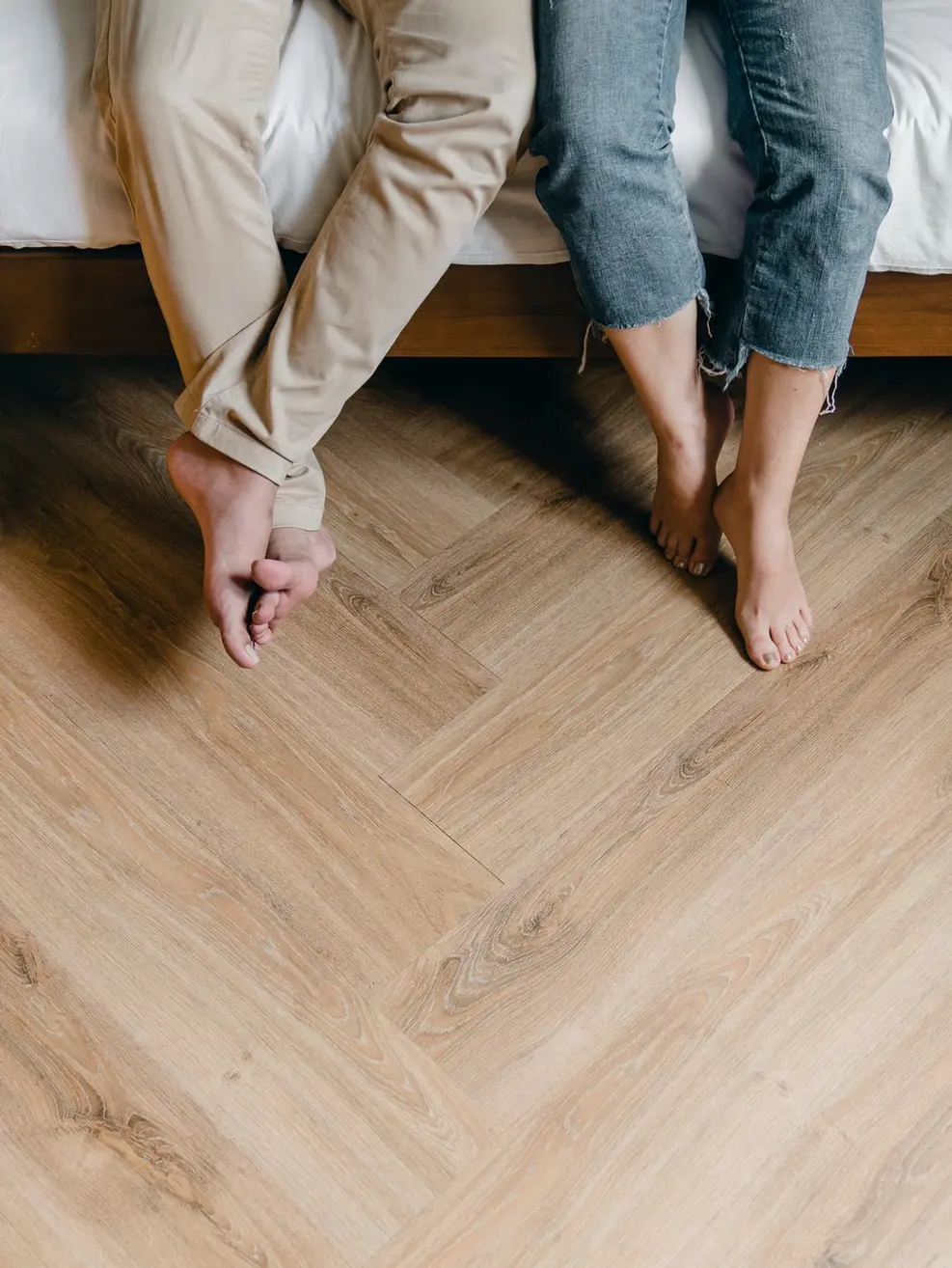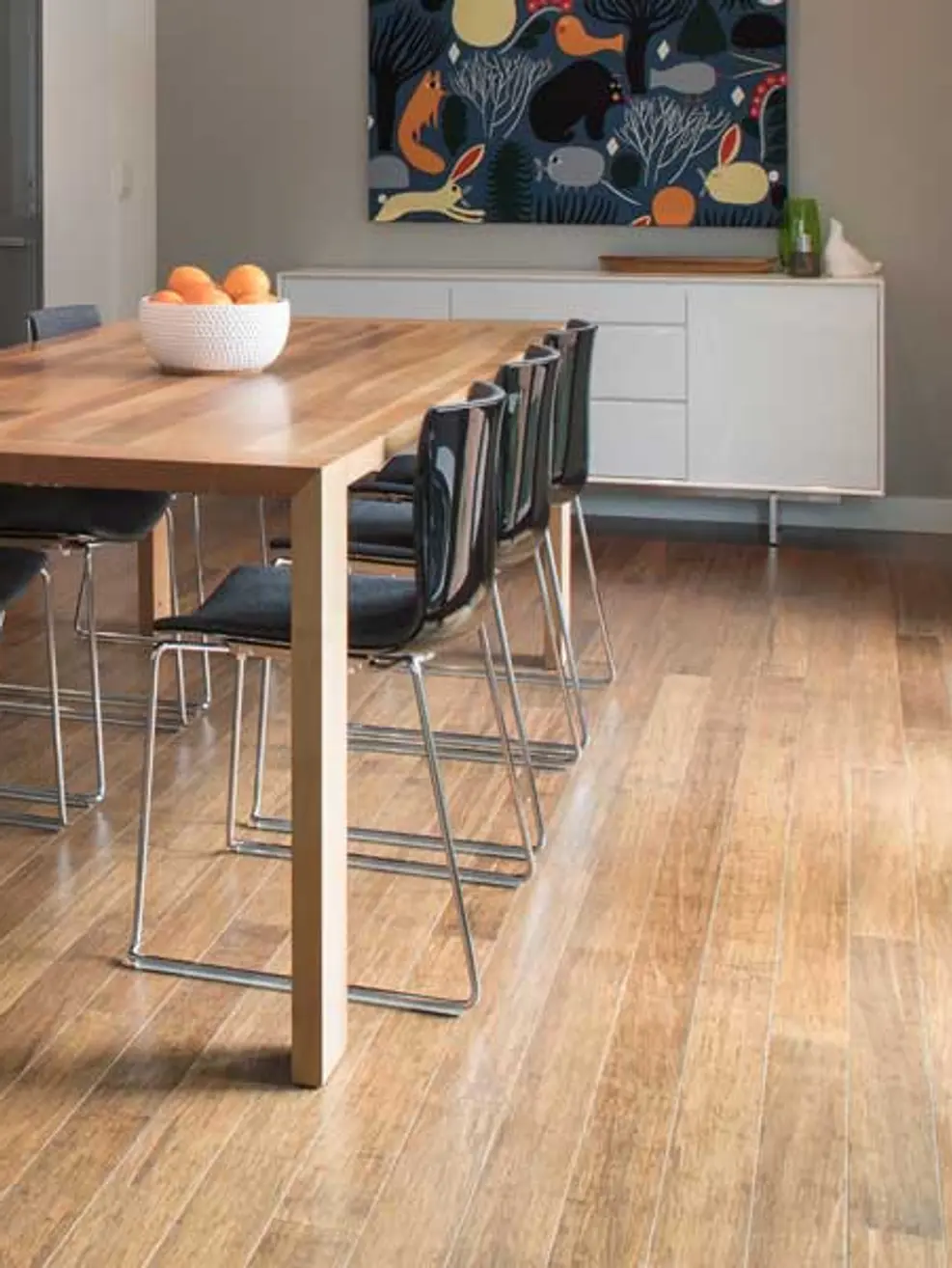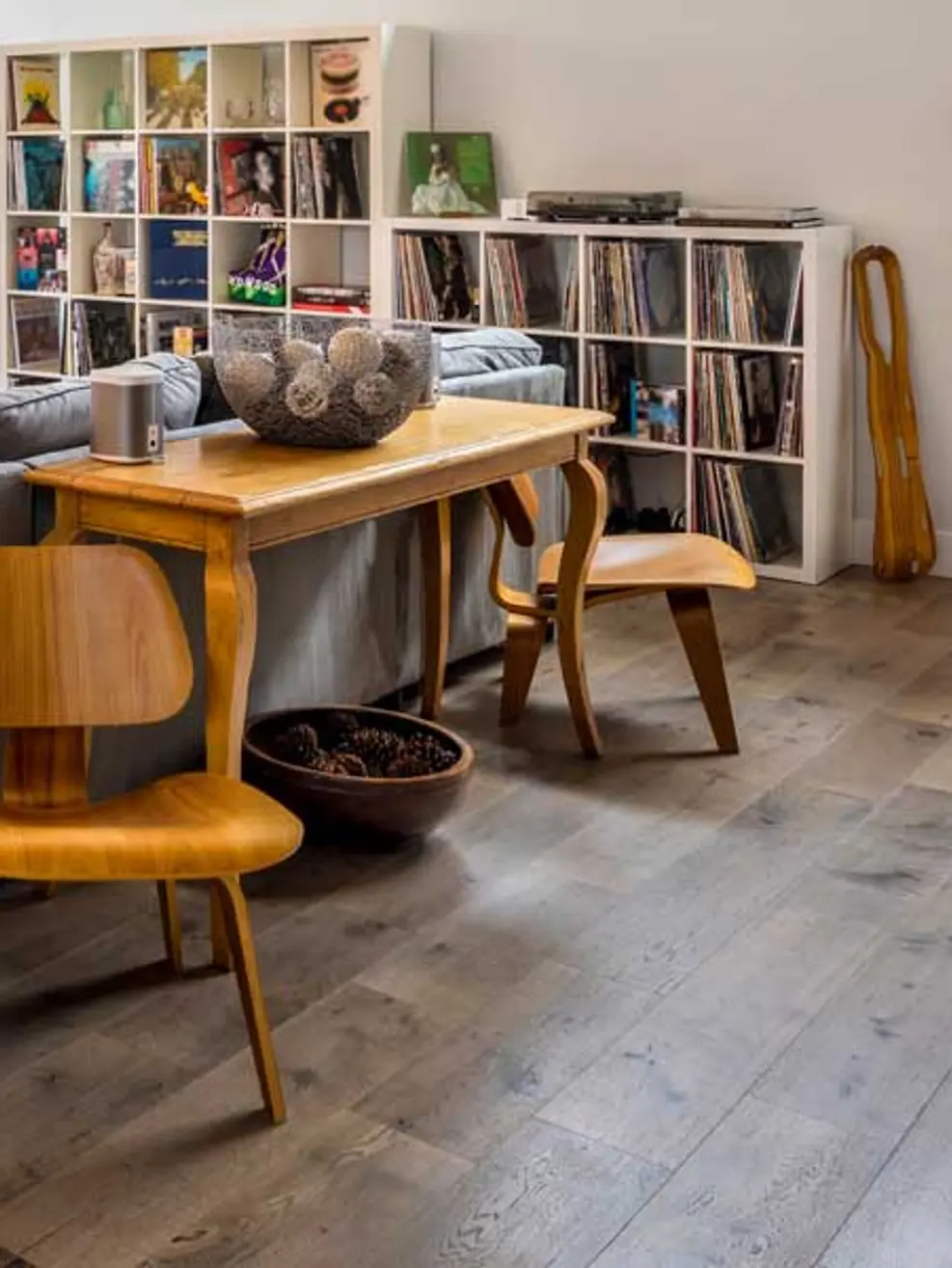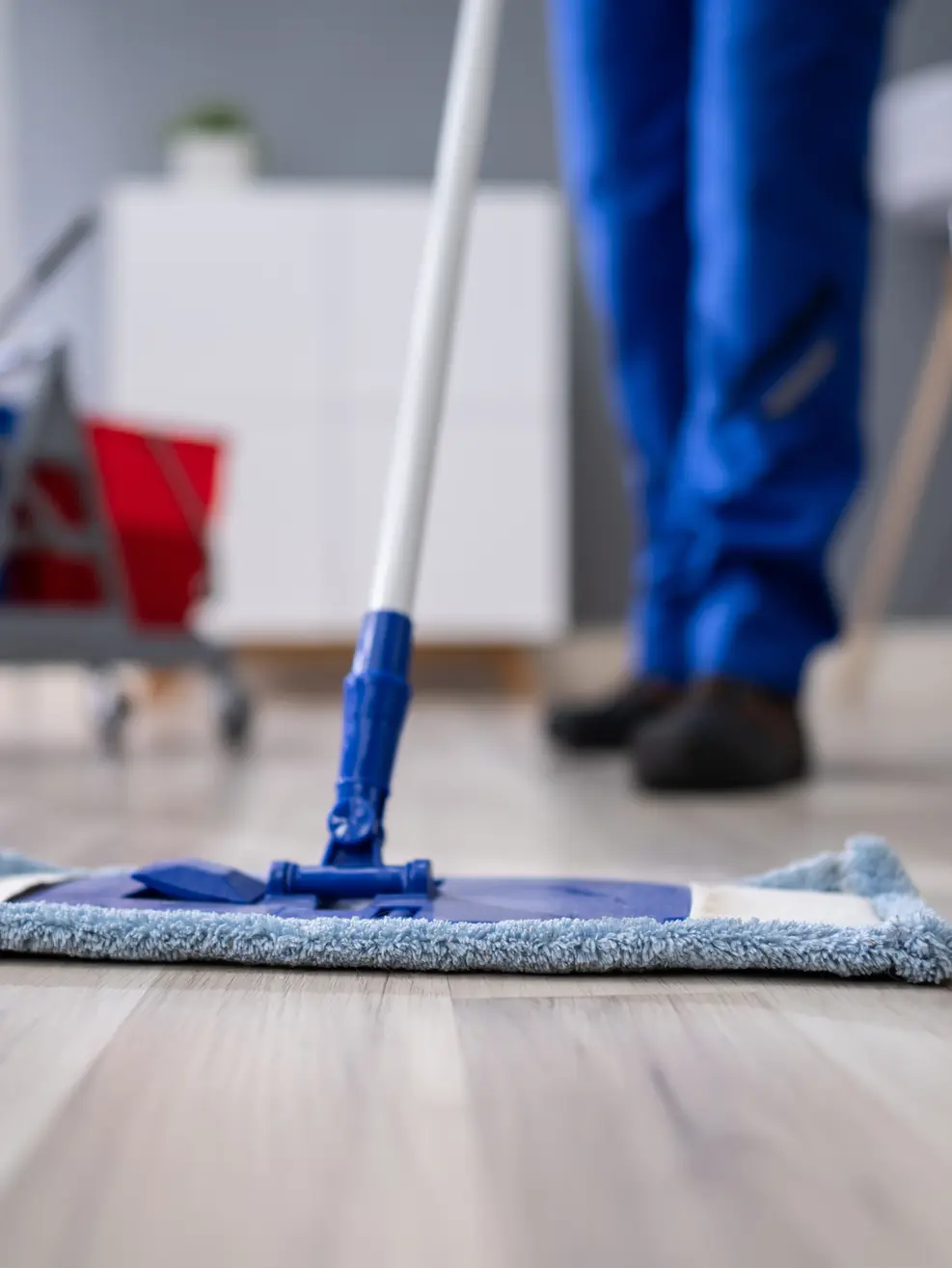Solid wood flooring is a timeless and elegant choice that brings warmth, beauty, and durability to any home. However, installing solid wood flooring requires precision and expertise to ensure a flawless finish. In this comprehensive guide, we will provide expert tips for installing solid wood flooring like a pro, ensuring that your wooden floors look stunning and last for years to come.
Understanding Solid Wood FlooringBenefits of Solid Wood Flooring
- Durability: Solid wood flooring can last for decades with proper care.
- Aesthetic Appeal: The natural beauty and unique grain patterns of real wood flooring add character and charm to any room.
- Value Addition: Installing solid wood floors can increase the resale value of your home.
- Versatility: Available in various wood species, colors, and finishes, solid wood flooring complements any interior design.
- Tape measure
- Chalk line
- Carpenter's square
- Pry bar
- Flooring nailer or stapler
- Rubber mallet
- Pneumatic nail gun (if using nails)
- Drill and drill bits
- Saw (circular or miter)
- Wood glue
- Safety goggles and ear protection
Step-by-Step Installation Guide
1. Planning the Layout: Before installing your solid wood flooring, plan the layout to ensure a balanced and visually appealing result. Measure the room and mark the centerline using a chalk line. This line will serve as a reference point for laying the first row of planks. Consider staggering the joints to create a more natural and visually pleasing pattern.
2. Installing the First Row Begin by laying the first row of planks along the longest wall in the room. Place spacers between the planks and the wall to allow for expansion. Ensure the first row is straight and secure it by face-nailing or using a flooring nailer.
3. Laying Subsequent Rows Continue laying the planks row by row, ensuring that the ends of the planks are staggered to create a natural look. Use a rubber mallet to tap the planks into place, ensuring a snug fit. For a more secure installation, apply a bead of wood glue to the tongue and groove joints before fitting the planks together.
4. Cutting and Fitting Planks Measure and cut the planks to fit around obstacles such as doorways, vents, and corners. Use a circular saw or miter saw to make precise cuts. For a clean and professional finish, use a jigsaw to cut intricate shapes or notches.
5. Securing the Planks Once the planks are in place, secure them using a flooring nailer or stapler. Drive nails or staples through the tongue of each plank at a 45-degree angle. Be sure to countersink the nails to avoid damaging the surface of the wood.
6. Finishing Touches After all the planks are installed, remove the spacers and install baseboards or molding to cover the expansion gap around the perimeter of the room. Fill any nail holes with wood putty and sand the filled areas smooth.
For more information about our wood flooring collections, parquet flooring, engineered wood flooring, solid oak parquet flooring, enginereed wood flooring, plank wood flooring, wood flooring accessories and expert installation services, visit The Wood Flooring Hub or contact us today.
Address: 12 Bramley Drive, Backwell, Bristol, BS48 3HN, UK
Tel: 07891 004814
Email: sales@thewoodflooringhub.co.uk



